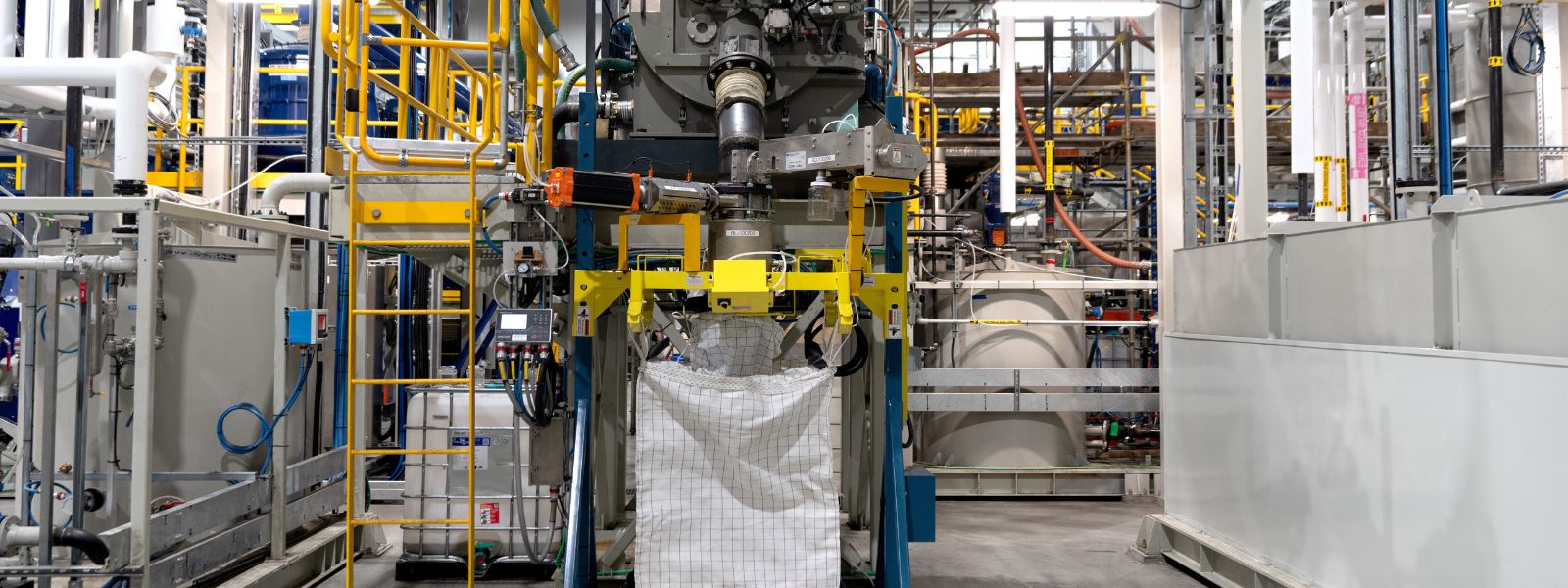This article was previously published in La Presse.
Critical minerals are the 21st century equivalent of the gold rush: a global race to extract resources that have become indispensable to our smartphones, solar panels and batteries, that will only become more coveted in years to come as the energy transition gains speed (demand could reach $770 billion by 2040). Ideally, critical minerals will be recycled, but high demand currently outpaces the existing supply. More critical minerals need to be dug up, and Quebec and Canada are chock full of them—over 250 billion dollars’ worth. By adopting bold policies, we could fast-track construction of the necessary mines and carve out Canada’s place as a trusted global supplier of minerals.
Quebec produced more than 1.5 billion dollars’ worth of critical minerals last year—and that’s just a taste of what it could produce. Quebec is particularly rich in nickel, and Canada is estimated to have nickel deposits worth $50 billion, yet less than 6 per cent of this wealth was harnessed in 2024. Another example is cobalt: Canadian reserves are estimated to be worth more than $8 billion, but only 2.6 per cent of this amount was produced last year, specifically in Quebec. Quebec is also rich in copper, graphite and lithium—minerals essential to the energy transition and the manufacture of clean technologies.
Our research has shown that one of the main obstacles to getting these minerals out of the ground is the financial risk associated with new projects, fuelled in large part by price volatility for certain minerals. We reached this conclusion after several months of research, interviews with major players in the mining sector—both in Quebec and the rest of Canada—and a rigorous review of the literature. Governments have a key role to play, both federally and provincially, in reaching our full potential for critical mineral extraction.
To reduce uncertainty and attract private capital, we encourage governments to become strategic partners by taking partial stakes in projects or signing risk-sharing agreements (which would only entail financial assistance if prices fall below a predefined threshold, and would earn them a share of the profits when prices exceed this threshold). A concrete example of government participation is the Canada Growth Fund and Investissement Québec’s investment of more than $70 million in the Quebec graphite mine Nouveau Monde Graphite, making them part shareholders in the company.
Faster extraction of critical minerals will mean more government revenue, which can be reinvested into renovating hospitals, building new schools and future-proofing programs that matter to Quebecers.
Fast-tracking does not mean bulldozing environmental standards or brushing off questions of social acceptability—quite the contrary. Our research shows that overriding these considerations will only draw out the new mine development process.
To be eligible for government support, projects should comply with strict environmental standards and involve consulting with and receiving approval from Indigenous peoples.
There are those who question the clean energy transition, given recent geopolitical upheavals. Yet, the transition continues to move forward at full speed; globally, newly installed wind capacity is reaching record highs, solar production has doubled in the last three years and an estimated one-quarter of all cars sold in 2025 will be electric. To keep up the momentum and reduce our reliance on fossil fuels, we must extract the critical minerals in our country. Not only will we be able to produce the resources essential to the energy transition right here at home, but we will also create quality jobs while strengthening our economic independence.







